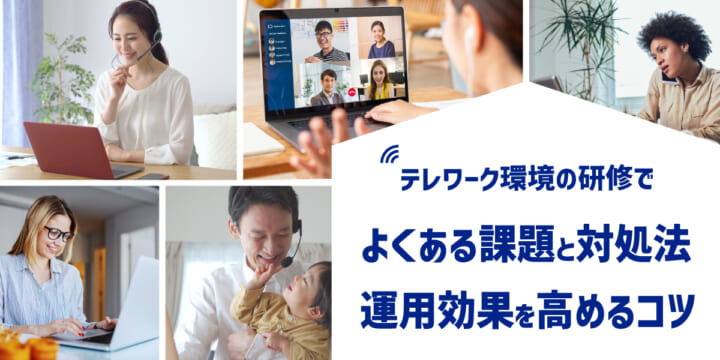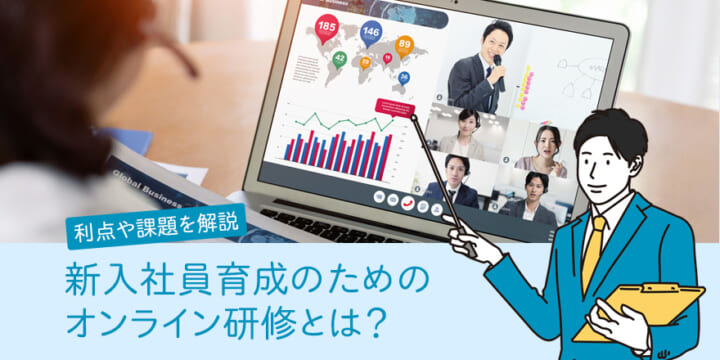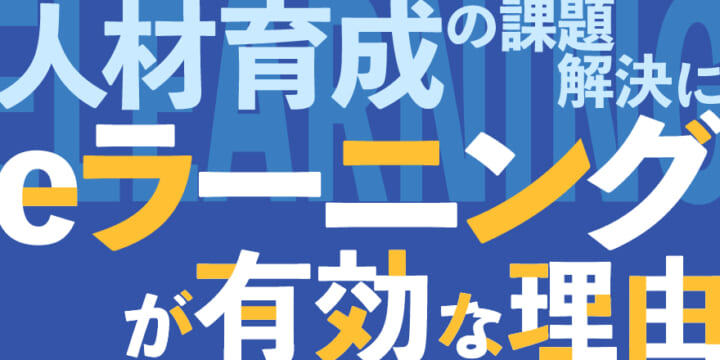How to Develop a New Hire Training Plan
-essential steps for curriculum setting-
How to Develop a New Hire Training Plan
-essential steps for curriculum setting-
To keep new hires engaged,a successful training plan is required.
Effective employee training will boost productivity at your workplace and result in improving retention rates.
We’ll explore the keys for a successful new hire curriculum setting focusing on human resource development.
If you are in charge of personnel management in a company, this article will be helpful.
Content
- 1. Importance of training plan
- 2. Three stages for well-designed curriculum
- 3. Successful curriculum design for new hires
- 4. Four types of methods
- 5. Summary
Importance of training plan
Curriculums play a role to "share goals" as well as to develop employee performance.
It will help employees to clarify the purpose and will motivate especially new hires. In addition, it is expected to lead to a higher retention rate in your organization.
Without clear goals in a curriculum, trainees may get bored or passive toward the training.
Training quality cannot be ignored when you take learning and development (L&D) into consideration as a specialized HR function. Effective curriculum leads to customer trust, and will result in better business performance.
Focus on well-designed training, which will help you to keep an essential workforce at your organization.

Three stages for well-designed curriculum

We cover three types of keys at each stage for curriculum design.
・Pre-employment
・Three months after joining the company
・When starting a position
Let's take a closer look at each of these.
Pre-employment
At this stage, the key is to set goals and develop strategic roadmaps.
When thinking about goals, focus on what knowledge and skills you want employees to acquire. Defining "ideal employee" will indicate training goals and find what steps they need to take in order to meet objectives.
Since some new hires may feel nervous, it is important to ask how they are feeling and try to understand them before they join the training.
Three months after joining the company
It is recommended to check how much new hires have the basic knowledge and business skills at this point.
For instance, politeness strategies in business including both speaking and writing will be worth implementing. Also, practical programs like role play training will directly empower employees' growth.
You cannot miss elearning as one of the methods. Report assignment after practical training allows you to grasp the level of their understanding or opinions, and to provide a variety of learning opportunities.
When starting a position
By the time new hires start positions, basic business skills must be ready.
Then, it is the time to conduct 1:1 meetings with new hires along with their practical work.
The purpose of this meeting is to find their challenges and problems in their roles. Defining their struggles can be a great opportunity to improve their situation and help them to upskill.
And after assuming the position on site, it is also important to conduct training in accordance with the manual, such as sharing management principles, visions, and values.
Successful curriculum design for new hires

Now, let’s take a look at an effective curriculum design for new hires. This is one of the keys to enhance employee engagement.
The following are five tips for human resource development.
Clarify the purpose of employee training
Why do you implement in-house training for new employees? Before starting designing the curriculum, just stop by and think about the reason.
When finding a clear purpose, you should plan two strategies, that is , short- and medium- to long-term strategies.
Short-term strategies include specific daily tasks, professional skills and business manners. These strategies have a role to make them become a vital component of a human capital to boost company profit.
On the other hand, the perspective for long-term objectives is to enhance their problem solving skills and information literacy. This means the purpose is the acquisition of fundamental skills which are indispensable for company growth as a whole.
Conduct hearings
Next step is conducting internal hearings.
What you need to aim for here is to make a list of skills required for new employees.
Get ideas and opinions from those who are welcoming new hires as members of their team, and you can establish a clear point of view for a well-designed curriculum.
Not only seniors but new hires who have already taken in-house training have great opinions. What was the difficult part for them in the previous employee training? What did they want to learn at that time? Ask their beneficial opinions so that you can design an effective training curriculum.
Outline curriculum timeframes
In terms of a well-designed training curriculum, timeframes are necessary to take into account. Since long-term training does not always lead to positive outcomes, you should ascertain appropriate terms for superior results.
Although many companies tend to implement a three-months employee training program, there are cases that some companies conduct it just for one or two weeks as they focus much more on practical experiences.
Needless to say, “appropriate” terms depend on each organization. If you are not sure how long the training should take, get back to the purpose, which will help you find a fundamental point.
Identify challenges
What challenges is your organization facing?
Company culture, lack of specialized skills, training budget, etc., there must be some in each organization.
They seem to be negative elements at a glance, however, these challenges can be clues to solve problems through in-house training.
The important thing is to analyze the bottom lines, and make efforts to improve company performance enhancing employee engagement.
Develop an employee handbook
An employee handbook provides valuable information for all employees in your organization.
This means that it can be a great criteria to design employee training programs.
Taking advantage of this handbook will make trainees proceed to the right direction and prevent differences in training quality between each trainer. In other words, it will be effective both for trainers and employees.
Four types of methods

The following are the examples of training methods many companies are implementing.
・Lectures
・Utilizing case studies
・OJT
・Elearning
Let's take a look at each method.
Lectures
Lectures as new hires training is effective in that employees are expected to be more motivated and encouraged for better performance.
It is a great advantage especially for large companies to conduct training programs for a large number of employees all at once at the same place.
While there are attractive advantages as above, you may notice some disadvantages: cost of venues and instructors if you outsource the programme, traffic expenses to gather employees to one place and more.
Utilizing case studies
Case studies are great methods that allow students to think of solutions to problems that may occur in their work. Role-playing training, known as one of the effective methods, is widely conducted for practical work. It helps employees develop problem-solving and analytical skills that cannot be obtained through lectures alone.
As for new hires, it will be an essential opportunity to be more flexible in dealing with irregularities that are not covered in the manual.
OJT
OJT (on-the-job training) is a training method that combines both work and learning.
It is used to improve new hires’ skills and productivity through actual work, and in general, their seniors are assigned as trainers.
Although this is an effective way to develop human resources, there are also negative aspects such as variations in training quality depending on trainers, and differences in the speed of employee growth.
For these reasons, follow-ups and interviews will be needed after conducting OJT.
elearning
E-learning has been gathering attention from various companies in recent years.
Since it is used through the internet, the features seem to meet their needs.
One of the most attractive aspects is mobile-friendly. Employees can learn at any time and place with their digital device including smartphones, tablets and laptops. In addition, the content is provided in common, and there is no variation in quality from one teacher to another, as is the case with group training or on-the-job training.
Curriculum design using elearning, which has many possibilities, is expected to continue to evolve in the future.

Summary
We covered "how to develop a new hire training curriculum".
When choosing a method such as lectures, OJTs or other ones, it is important to focus on the purpose of employee training.
Also, you should not miss the advantage of elearning or mlearning (mobile learning) to develop employee potential.
Our e-learning system, learningBOX, is user-friendly and can be implemented at a low cost.
If you are interested in it, trylearningBOX . It will be a big help for your curriculum design.
You may also be interested: "7 points for creating a training curriculum for new employees

- Great effects of in-house training on small and mid-size enterprises
- What are the key elements of a training manual for new employees?
Comment ( 0 )
Trackbacks are closed.








No comments yet.